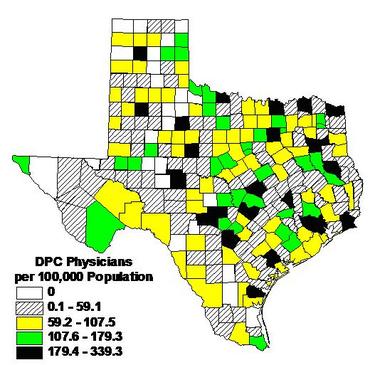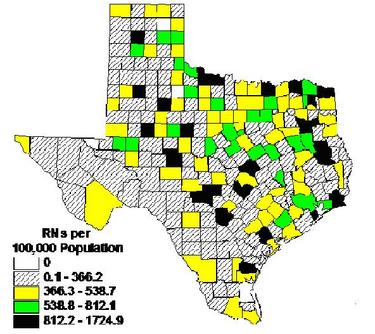
PRESIDENT OBAMA'S HEALTH CARE REFORM WILL PROFOUNDLY AFFECT TEXAS
June 24, 2009
"Texas is ground zero in America's health care crisis with more uninsured than any other state. At the heart of the uninsured issue is health income. Simply put, if there is no insurance or payment, then there are no doctors or nurses. Increasing coverage for more people will expand access to health care, increase the number of health care professionals, and positively affect health outcomes in our communities. We are here to support President Obama's health care reform and to ask every border community to push hard to make it happen."
Written by Senator Eliot Shapleigh, www.shapleigh.org
EL PASO - Senator Eliot Shapleigh (D-El Paso) traveled to Washington, D.C. this week to attend the 4th Annual Border Health Conference with lawmakers, physicians and other health leaders to discuss the dire health situation along the U.S.-Mexico border.
"Texas is ground zero in America's health care crisis, with more uninsured than any other state. At the heart of the uninsured issue is health income. Simply put, if there is no insurance or payment, then there are no doctors or nurses. Increasing coverage for more people will expand access to health care, increase the number of health care professionals, and positively affect health outcomes in our communities. We are here to support President Obama's health care reform and to ask every border community to push hard to make it happen," Senator Shapleigh said.
Of all 50 states, Texas ranks dead last in the number of insured residents, with one out of four Texans lacking insurance. In 2005, the Texas Comptroller of Public Accounts studied coverage in every Texas city and reported that not a single Texas city met the national average in citizens covered with insurance—not Austin, not Dallas, not Houston. Moreover, one out of every six uninsured children in the U.S. live in Texas, more than any other state in percentage and total number.
Statistics along the Border are even grimmer. More than 30 percent of residents in seven border counties are uninsured. Webb County has the highest uninsured rate at 38.11 percent.
The Comptroller defines the Texas border region as the 43 counties east of I-37 and south of I-10. The border region continues to have some of the worst health outcomes and socioeconomic indicators in the nation:
· One out of four children living in the border region does not have health insurance. Nationally, only 12 percent of children are uninsured.
· 26 percent of border residents live below the federal poverty level (FPL), compared to 17.5 percent statewide and 12.5 percent nationally.
· 34.4 percent of children in Texas border counties are in families living below FPL—more than twice the national rate of 16 percent.
· Diabetes complications account for 52 deaths per 1,000 in the border region—almost twice the statewide average of 29.5 per 1,000 deaths.
· Tuberculosis infections occur more often along the border—8.96 per 100,000 residents, compared to Texas at 6.7 and the U.S. at 4.6 per 100,000.
· Nine people per 100,000 in the border region are infected with Hepatitis A—three times the statewide average of three per 100,000.
· Liver disease causes 13 out of every 1,000 deaths in the border region and 10 per 1,000 in Texas.
· More mothers in the Border region receive either belated or no prenatal care. 21 percent of mothers along the Border do not start care during the first trimester, compared to 16 percent for the nation.
· Medicaid pays for a higher proportion of pregnancies in the border region. Nationally, 41 percent of births are paid for using Medicaid. In the border region, Medicaid covers 65 percent of all births.
Furthermore, an inadequate number of health care providers along the border limit accessibility to services necessary to maintain good health. According to the Department of State Health Services, the Border region has fewer health care professionals per 100,000 residents than non-border regions. The Direct Care Physicians per 100,000 in Texas (2008) map highlights the fact that physicians are not evenly distributed among the regions of Texas. Metropolitan border areas had an average of 145.2 physicians per 100,000 residents, while non-metropolitan border areas averaged even less with only 70.7 per 100,000. Non-border areas have a much higher ratio of physicians with 170.7 per 100,000 in metropolitan areas and 88.7 per 100,000 in non-metropolitan areas.
The Texas population has grown from 14.7 million in 1981 to more than 23.9 million in 2007. By 2030, the population of Texas will grow to more than 33 million. With the population continuing to increase, Texas will need to graduate more medical school students in the future. In 2000, 44 percent of physicians in Texas graduated from a Texas medical school, with 35 percent coming from other states, and 21 percent coming from other countries.
The chart Dentists per 100,000 Population, Texas (2008) shows where dentists are located throughout the state. The border has an extreme shortage of dentists, falling far short of the state average of 36.5 dentists per 100,000 population. In border metropolitan areas, there are 15.7 dentists per 100,000 population while non-border metropolitan areas have 41.1 dentists per 100,000. Even worse, border non-metropolitan areas have only 11.8 dentists per 100,000 population while non-border non-metropolitan areas have 25.2 dentists per 100,000.
Of the 43 counties in the border region, 29 are currently designated "Dental Health Professional Shortage Areas" (26 whole counties; 3 partial counties). Additionally, 12 counties in the Border region have no dentists, and 15 counties have no dental hygienists.
The shortage of health professionals extends to many other disciplines. The border counties are also considered medically underserved areas because of the lack of nurses, mental health professionals, pharmacists, physician’s assistants and dental hygienists. The map below shows the distribution of registered nurses throughout the state.
-End-


